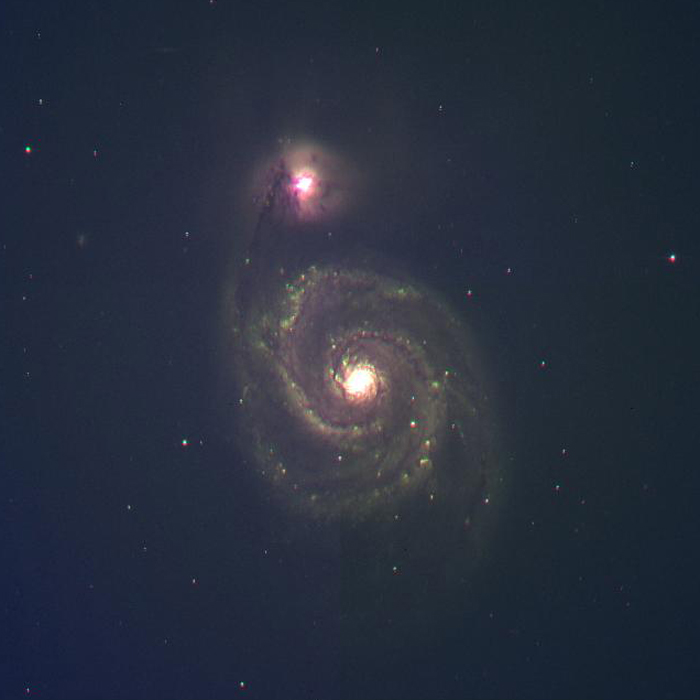Technical Development - Completed
ULTRASAT: Imaging Properties of Delta-Doped CCDs

Shri Kulkarni (California Institute of Technology)
Campus PI
Purpose:
Test the imaging properties of delta-doped CCDs. Note that the Delta-doped CCDs are mounted next to the state-of-the-art commercial e2V detector. This eases comparative studies.
In detail:
- Imaging quality: QE on sky
- Compare performance in QE in U,B, V bands relative to E2V.
- Determine limitations to flat field by using dome flat field data
- Determine ability to make the faintest image ("sky flat")
- Astrometric precision and stability
- Stability of imaging attributes (changes in QE, hot pixel growth, etc)

Image Credit: Palomar Observatory
In each case, the E2V chip provides the comparison for truly on sky tests.
- Commission WASP (with E2V and Delta-doped side-by-side). December run has been scrapped and commissioning has been rescheduled to late January 2016.
- Undertake comparative QE studies (on sky) with both detectors (same weather conditions)
- Evaluate photometric & astrometric stability (delta-doped should not affect long term behaviour but some issues were raised by a referee in regard to TRL rating for ULTRASAT)
This will take with at least 3 and hopefully 6 runs in 2016B (we will propose time).
The KISS project consists of the following goals:
- Imaging quality: QE on sky in various bands (relative to commercial E2V)
- Astrometric precision and stability
- Stability of imaging attributes (changes in QE, hot pixel growth, etc.)



The first step is to test the WASP cryostat (which is built to accommodate both the JPL supplied delta-doped CCDs and a commercial e2V detector) and goes behind the prime focus imaging camera. The second step is to mount the delta-doped CCD and undertake a commissioning run at Palomar (goal 1) The final step are several runs for long term characterization (goals 2 and 3).
